Don’t Shoot: Social Media Photos Could Be Helping Poachers Track Animals
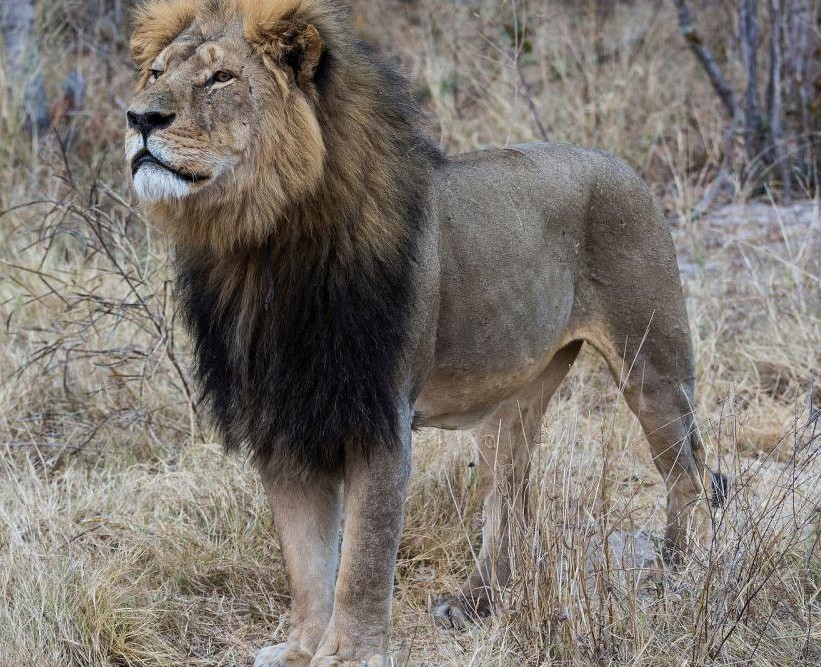 After the illegal killing of Cecil the lion, wildlife protection has gained much-needed attention. But so have wildlife photos. Photo: African Travel/Facebook
After the illegal killing of Cecil the lion, wildlife protection has gained much-needed attention. But so have wildlife photos. Photo: African Travel/Facebook Most of us don’t even think about it when we snap a photo on vacation and slap it up on social media. Point, shoot, post—that’s the new normal. But if you’re sharing photos while on safari, you could be inadvertently making it easier for poachers to find and shoot wild animals.
How? GPS. Every photo you take with your phone (and some digital cameras) is embedded with a geo-tag, the GPS location of where the picture was taken. Now imagine the myriad of geo-tagged photos being uploaded to social media and public photo-sharing sites every day and you can see how poachers could use that info to hunt down their prey.
African Travel, Inc. —a fourth-generation safari-planning travel agency that also works to ensure the protection of African communities and wildlife—is trying to raise awareness about this side effect of social media and is asking tourists to disable the geo-tag function on their phones and to keep their posts private.
On its website, African Travel outlines the steps you can take to protect your photos by turning off GPS tagging while on safari:
iPhone: Go to Settings > Privacy > Location Services. There you can turn off Location Services entirely. Or, if you prefer, you can turn off location services (GPS) for your phone’s camera.
Android: Open the camera app, go to settings, and switch off the GPS tagging option.
Twitter: Geo-tagging will only be turned on in the Twitter phone app if you have done so manually in the settings menu (under Privacy > Location Services). If you are posting from a computer, click on the gear icon in the right corner and then go to Settings to check your privacy settings.
Facebook: Go to the gear icon in the upper right corner to check out your privacy settings. You can dictate who can view your information, posts, and updates. Visit the Timeline and Tagging section to make certain friends can’t post your location by checking you in at some locale or tagging you.
Instagram: Photos are automatically public unless you change your settings. Go to Edit Profile and change your settings so “Photos are Private” is on. Once you’ve made that switch, only friends can view them. To turn off geo-tagging when posting, turn off the Add to Photo Map option.
Pinterest: Click on your profile picture in the upper right hand corner and select Settings to see what the public can view, who can search for you, and what if any social networks you have associated with your account.
You can also share your photos with African Travel by tagging them @WeKnowAfrica.

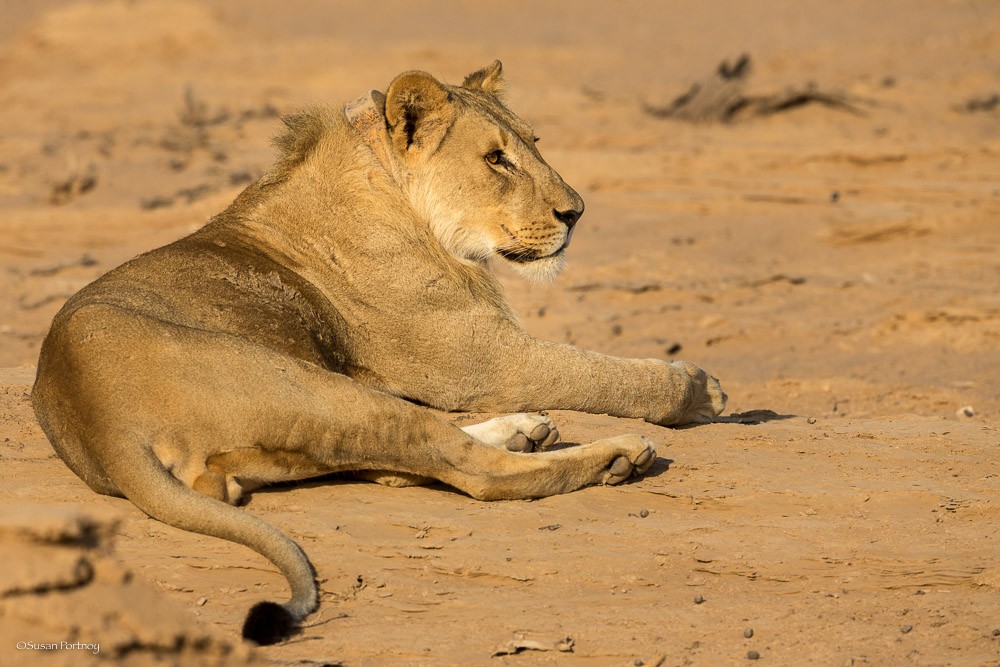
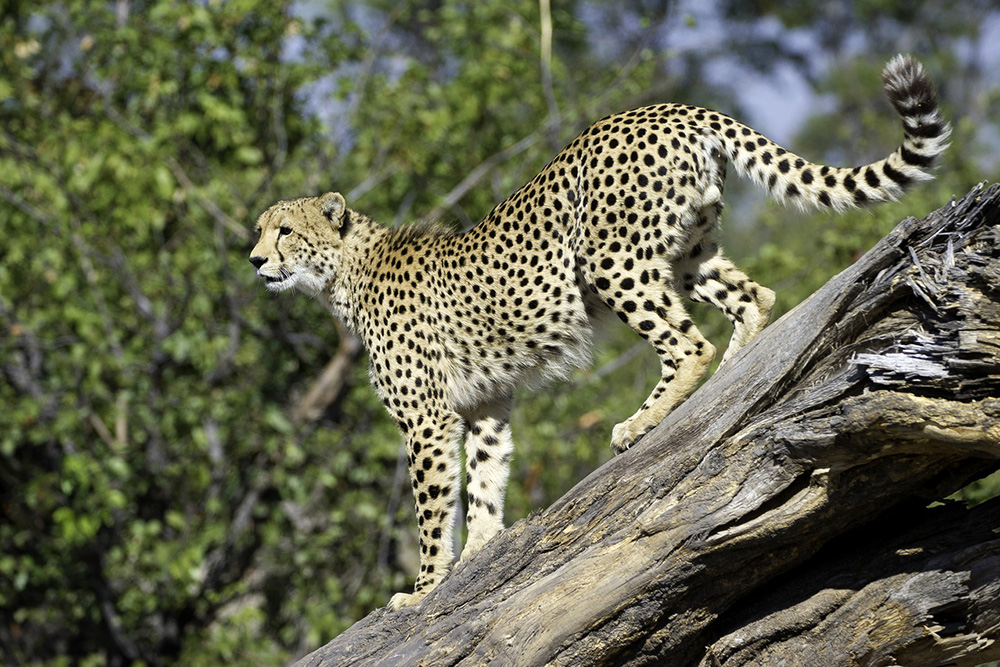
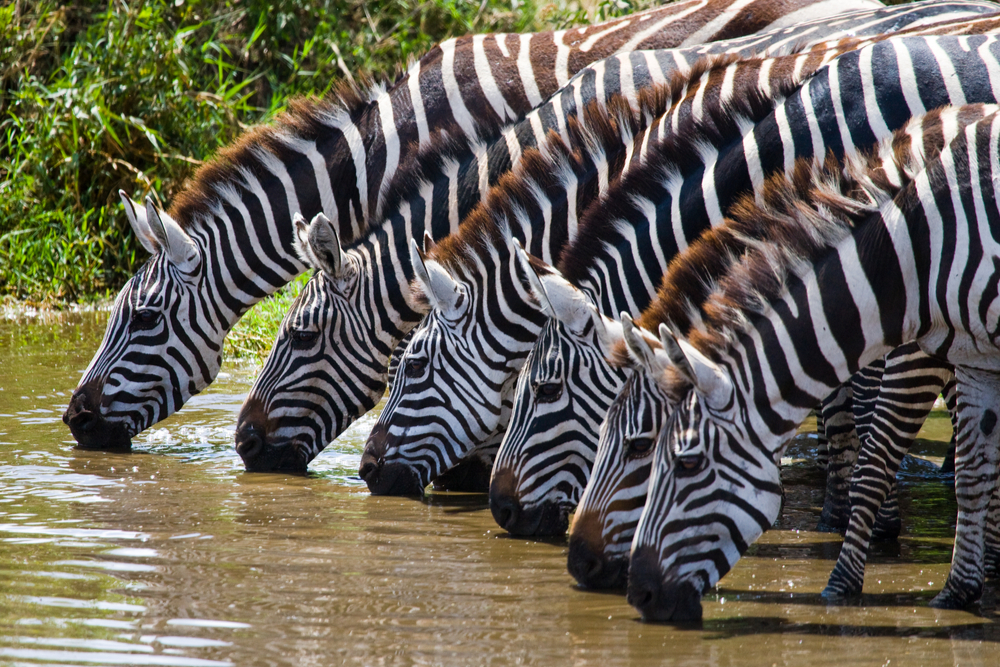
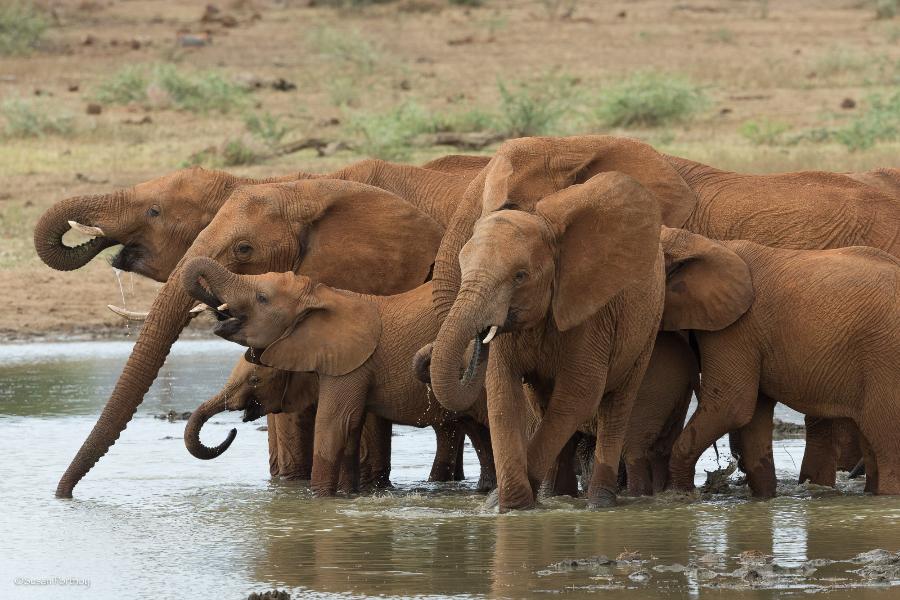
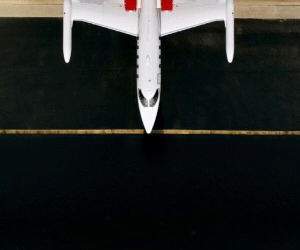






Hi,
In regard to your discussion, I would recommend an android phone application that is quite useful for the purpose. I use an app named “GPS Privacy” that automatically deletes the GPS location tags if the photo is taken in a privacy area – like around your home, school, work, etc. This way you don’t have to remember whether you have the GPS tags on or off. Simply define your privacy areas, and your pictures won’t have GPS coordinates when made in these zones
https://play.google.com/store/apps/details?id=com.shumoapp.gpsprivacy&hl=en
Hope this would be helpful for you as well!
Do you have an example of when a poacher has used a tourist’s geo-tagged photo to track down and kill an animal? If you’ve been in the bush, you know how terrible cell reception can be, even with a local sim card. I believe most tourists don’t upload photos till they are back at their lodge and on wifi, when the animal they photographed could have traveled a mile or more away from the spot the photo was taken. I liken this to how outside each SANParks office in Kruger there is a board with a map and with magnets for different species. It’s there to encourage travelers and rangers to pin what has been spotted and where each day. I also recommend the app “Africa: Live” for those interested in self-drive safaris in South Africa. It helps users spot wildlife based on other users self-reported sightings. The app does not allow rhino posts, for obvious reasons. I had a lot of fun using it each evening as a basic guideline for planning the next day’s drive.
On the flip side, National Geographic has a really great article on how GPS is being used to help track poachers: http://www.nationalgeographic.com/tracking-ivory/article.html